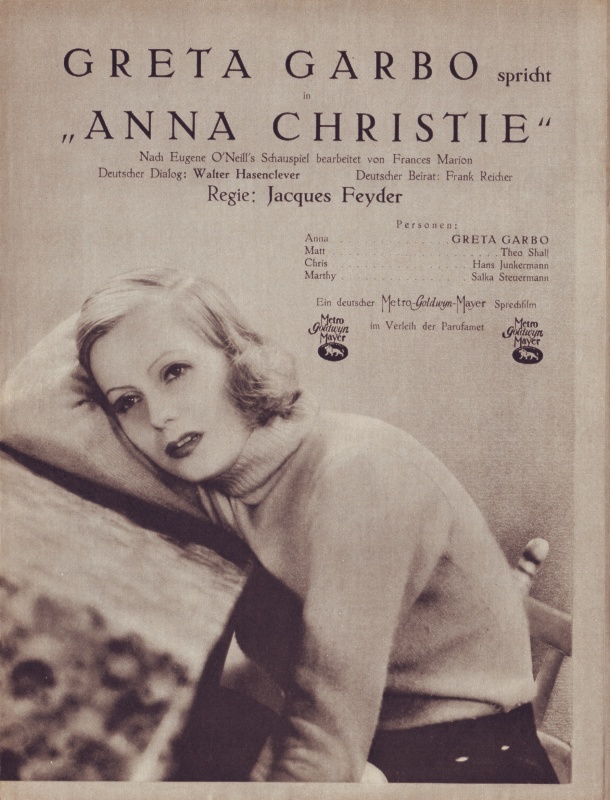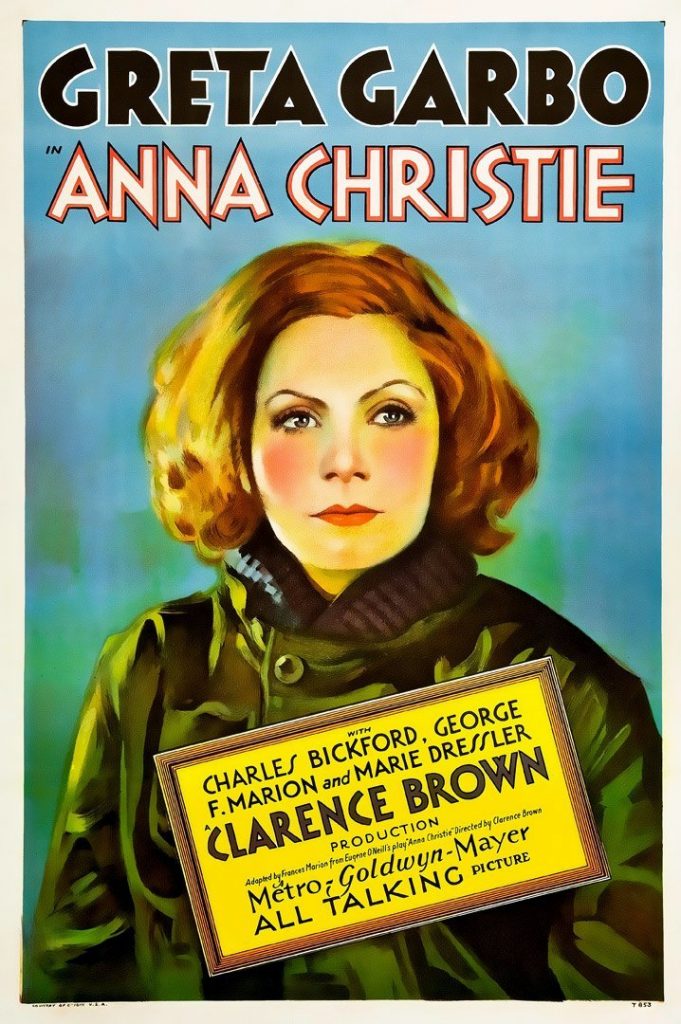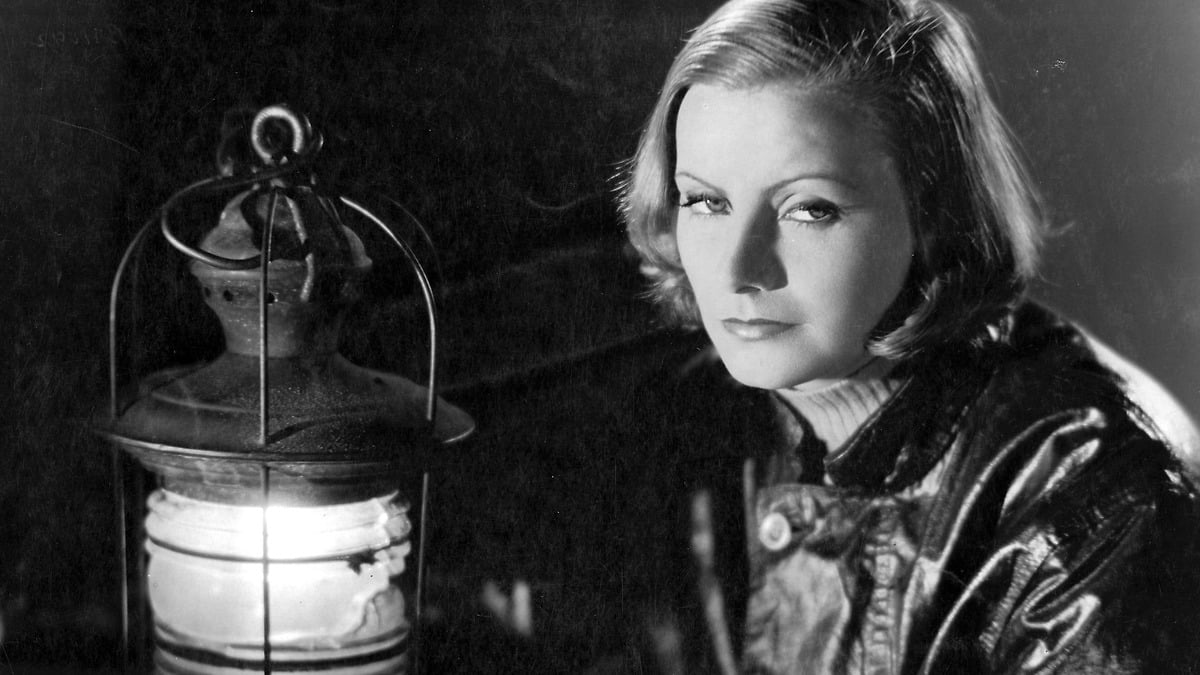In 1941, at the age of thirty-six, Greta Garbo, one of the biggest box-office draws in the world, stopped acting and, though she lived for half a century more, never made another film. For a star who, more than any other, “invaded the subconscious of the audience,” as Robert Gottlieb writes in his new biography, “Garbo” (Farrar, Straus & Giroux), this was an abdication, a privilege of monarchical proportions. But it was also a decision made by one particular, peculiar person who had never been temperamentally suited to celebrity in the first place. There was a reason, beyond the exertions of the Hollywood publicity machine, that a single line she uttered in one movie—“I want to be alone”—became so fused with her image. What can look like a strategy for keeping the public interested can also be a sincere and committed desire to keep it at bay.
Few other performers have ascended as quickly to mononymic status as Garbo did—she started off the way most of us do, with a first and last name, but the first soon fell away, like a spent rocket booster, in the ballyhoo surrounding her. When she appeared in her first sound picture, “Anna Christie,” the ads proclaimed, “Garbo talks!”

What Garbo had to offer, above all, was her extraordinary face, at a time when the closeup, with its supercharged intimacy, its unprecedented boon to the emotional and erotic imagination, was still relatively new.
Greta Garbo made two different versions of Anna Christie in the same year. The Hollywood version and the German one follow the same plot but have different dialogue and some other subtle changes. The first difference I noticed between the two was that this version opens with a scene, that Scott mentioned, that is being played entirely for laughs. Marie Dressler’s Marthy is a hard-drinking old floozy who puts a tad more slapstick into the part than Salka Steuermann did in the same role in the German version. In a drunken stupor, Dressler hiccups and gets hit by a swinging saloon door.
The biggest and most notable difference between the two films is that Garbo is much better in the German version. She seems a bit uncomfortable here and the English words do not roll off her tongue as well as in the German dialogue. She looks better in this film as if this Anna is a tad less worse for the wear than the German Anna. She complains of being tired in the Hollywood version but she actually looks tired in the German one. Although the mature subject of rape and prostitution remains the same in both films, the Hollywood version seems a bit less gritty. The dreary barge Anna lives on with her father is much better lit and cheerier looking and Charles Bickford plays Matt with a bit more playful attitude than Theo Shall. Patrick complained that Clarence Brown didn’t do enough with the staging but he did far more than Jacques Feyder, who used less sets and extras.

WATCH ANNA CHRISTE (1930) English and German version
More about English version on Wikipedia
More about German version on Wikipedia
As both my brothers wrote, Anna Christie is all about Greta Garbo and her expressive face and body. Her every pout, smile or exaggerated gesture is a work of art. She was more a movie star than an actual actress. Sure, she is a competent actress but you never forget that you are watching Garbo flaunting about. The scene where she torments her father and Matt about her past (see the picture in Scott’s review) reveals her strengths and weaknesses as an actress. She teased the camera like a disinterested erotic masseuse prolonging a happy ending.






